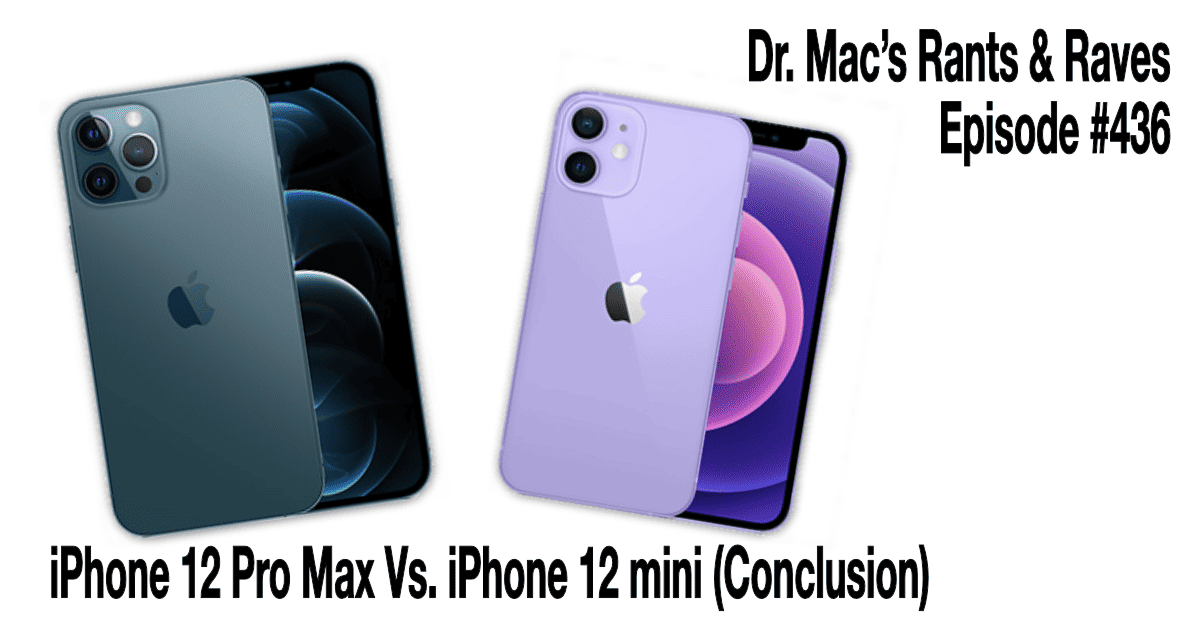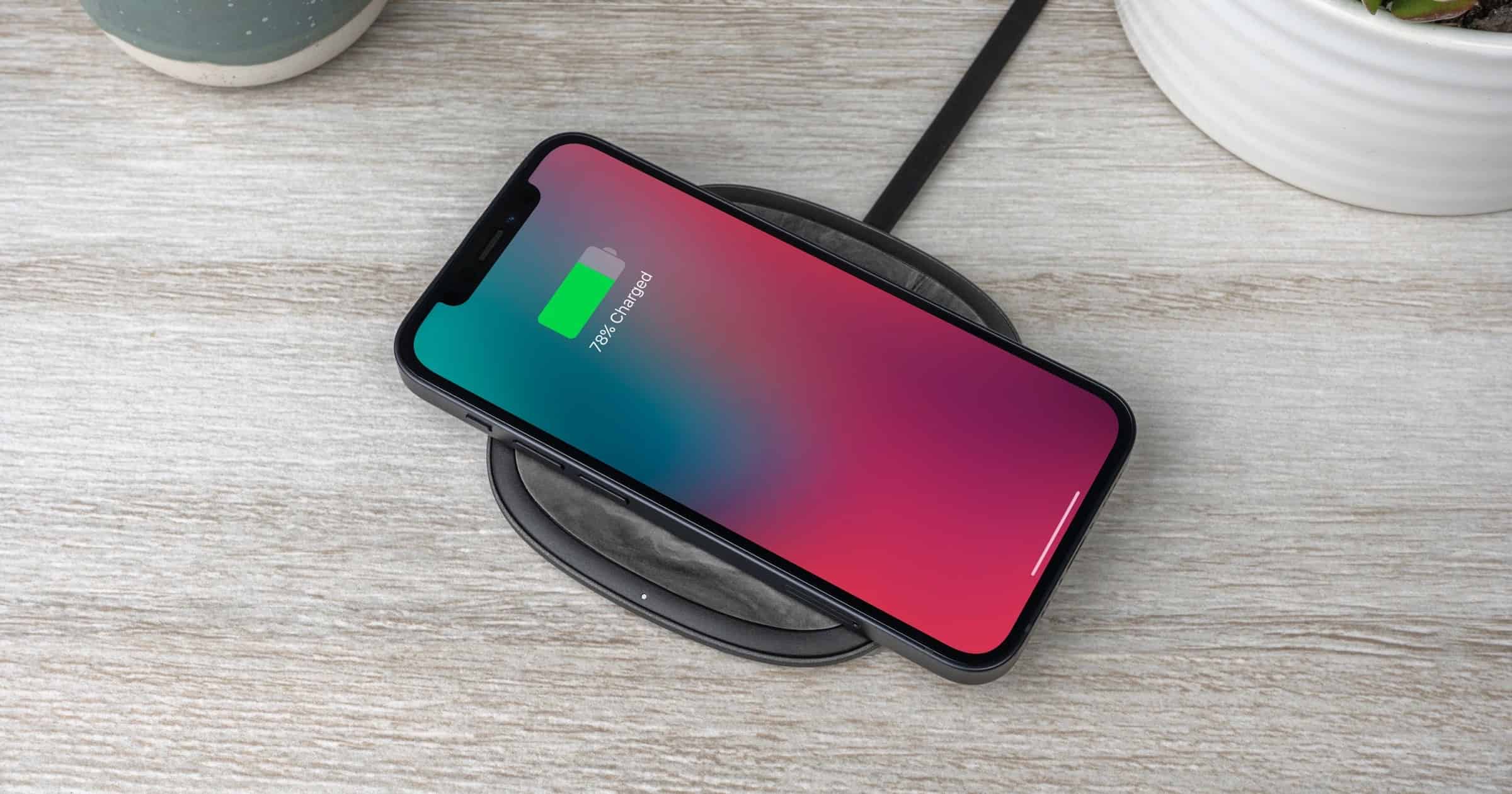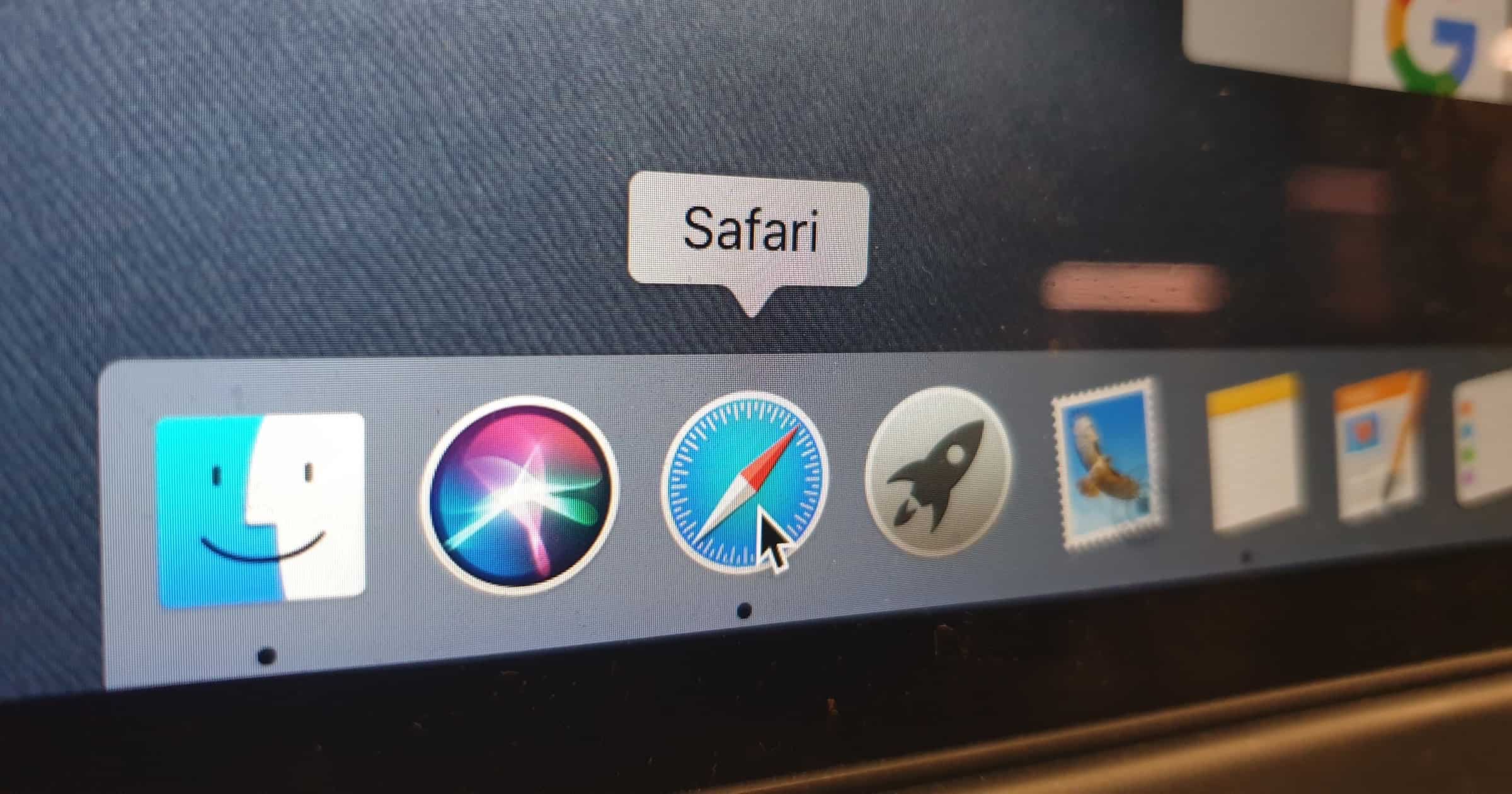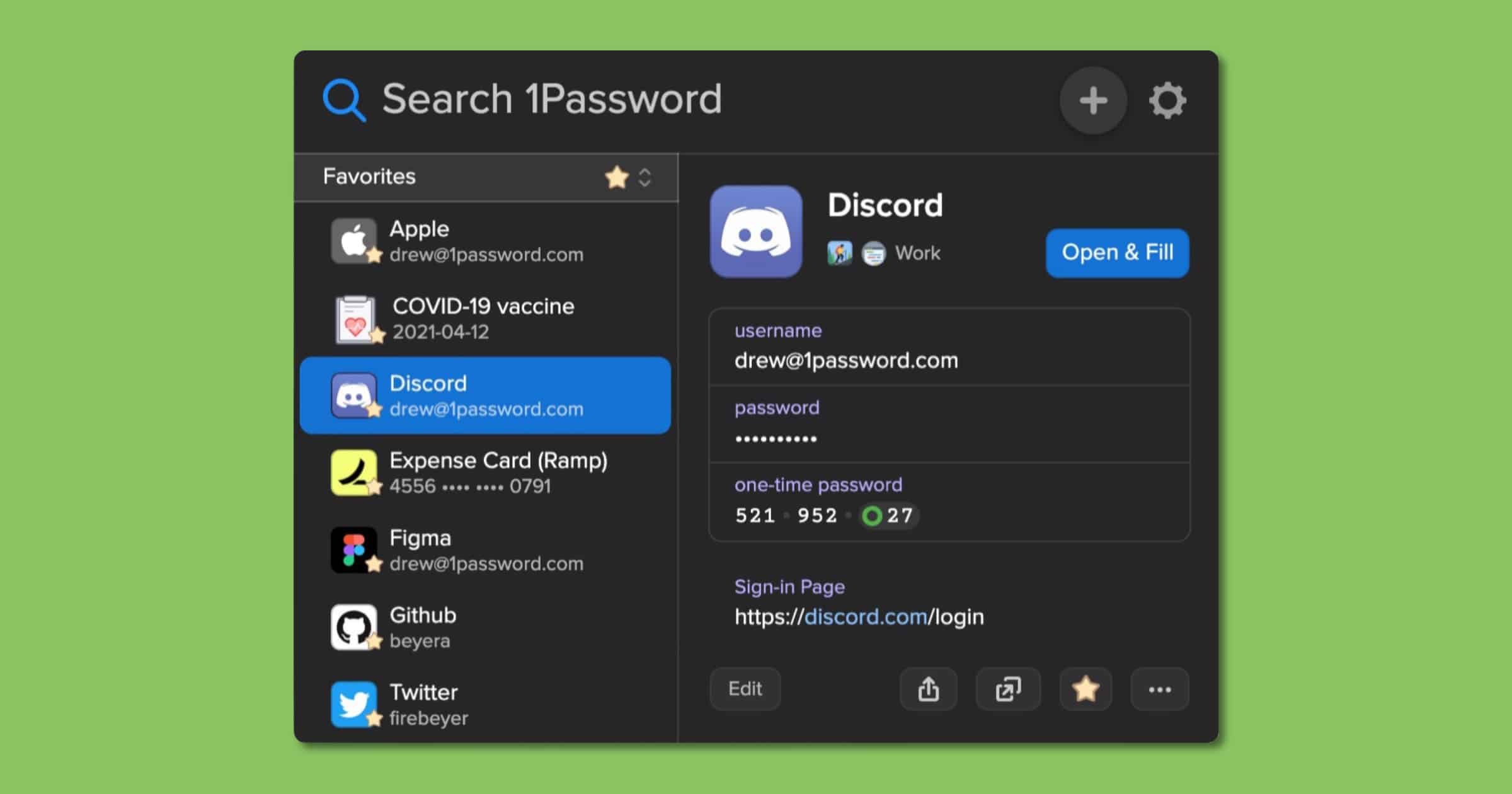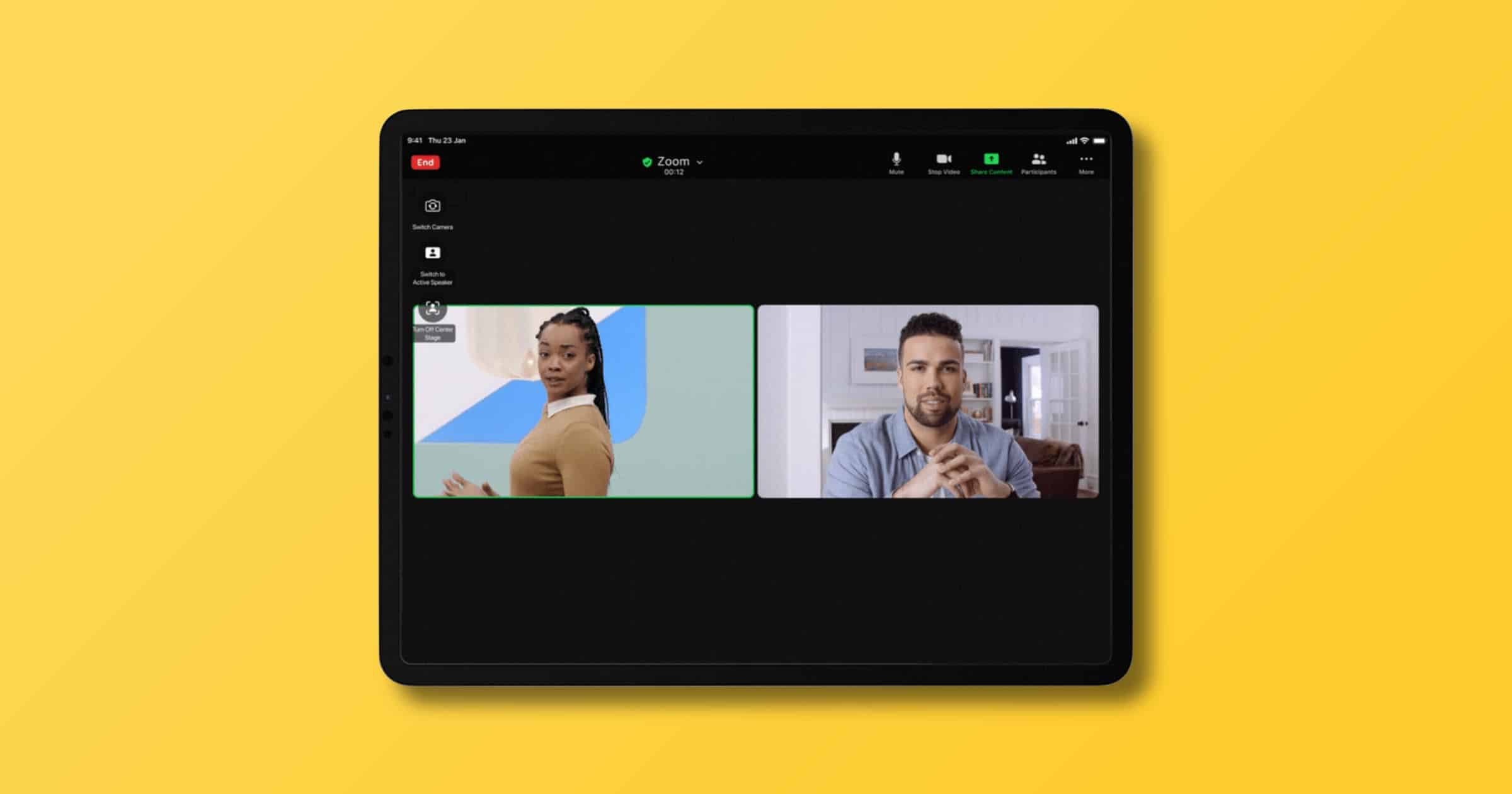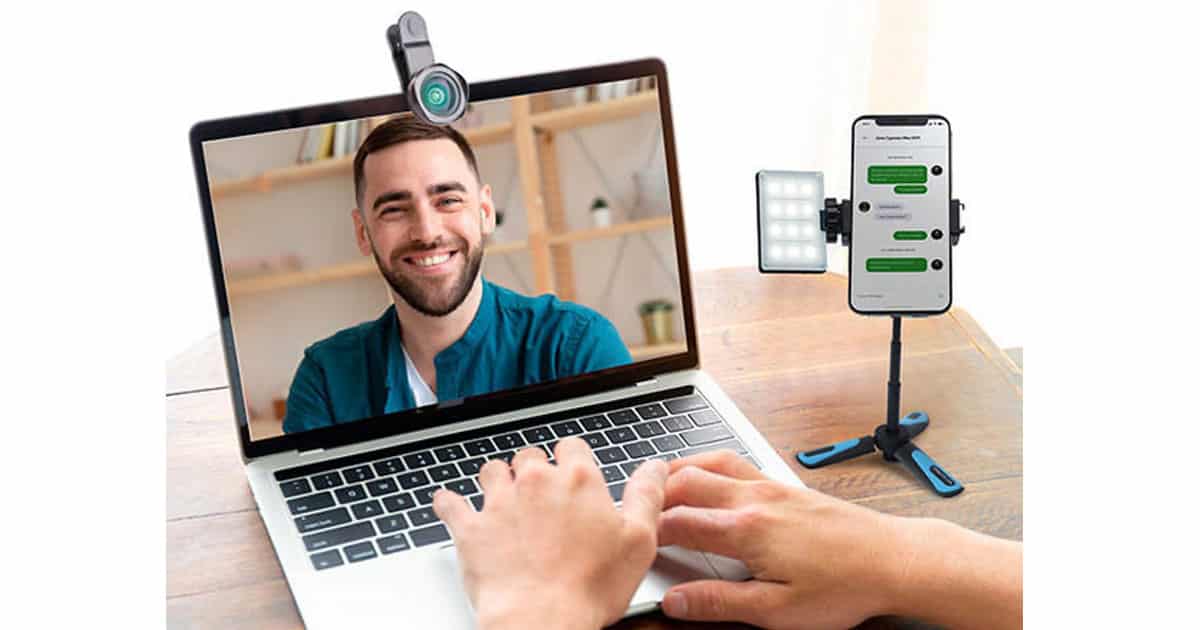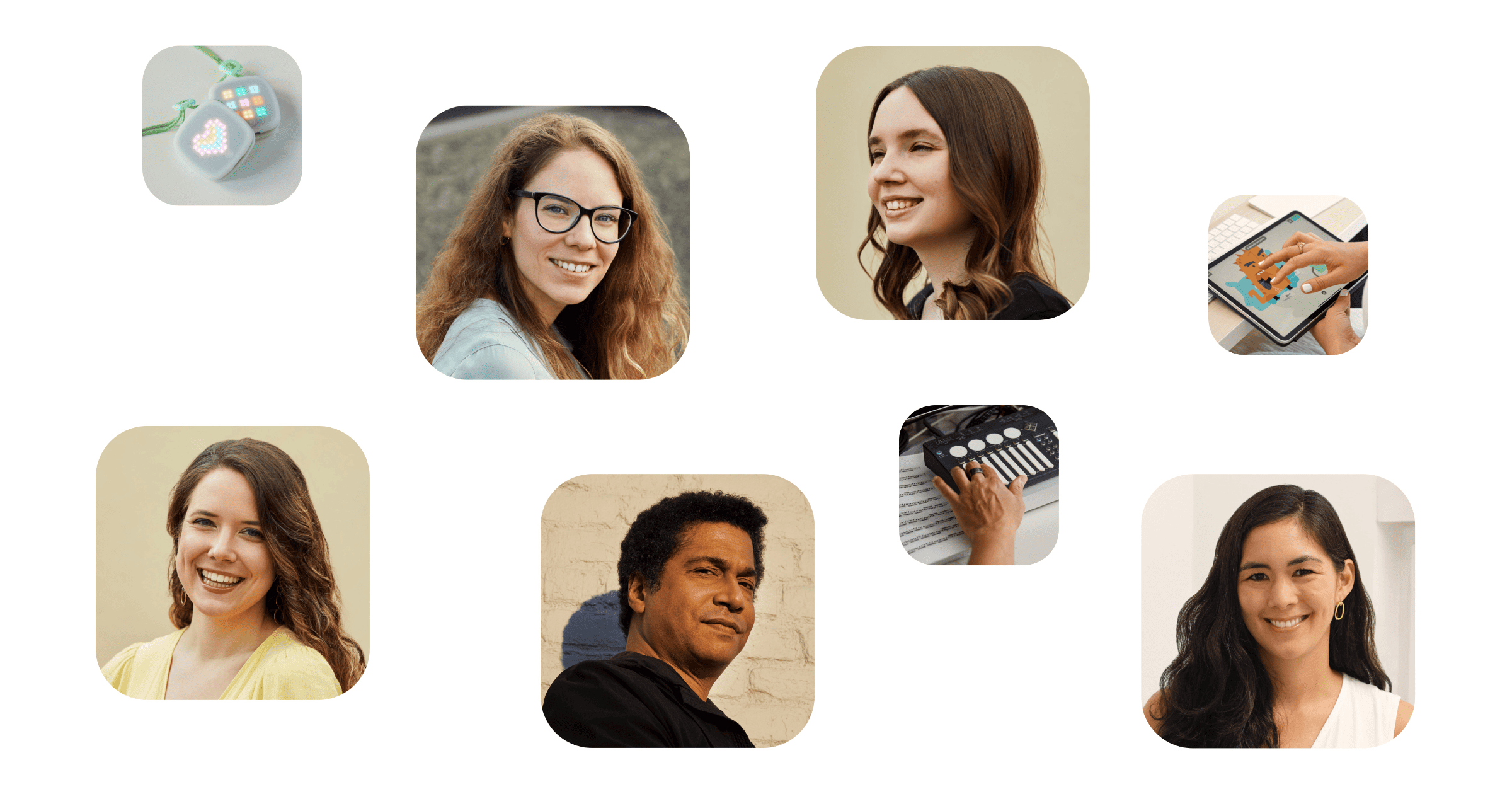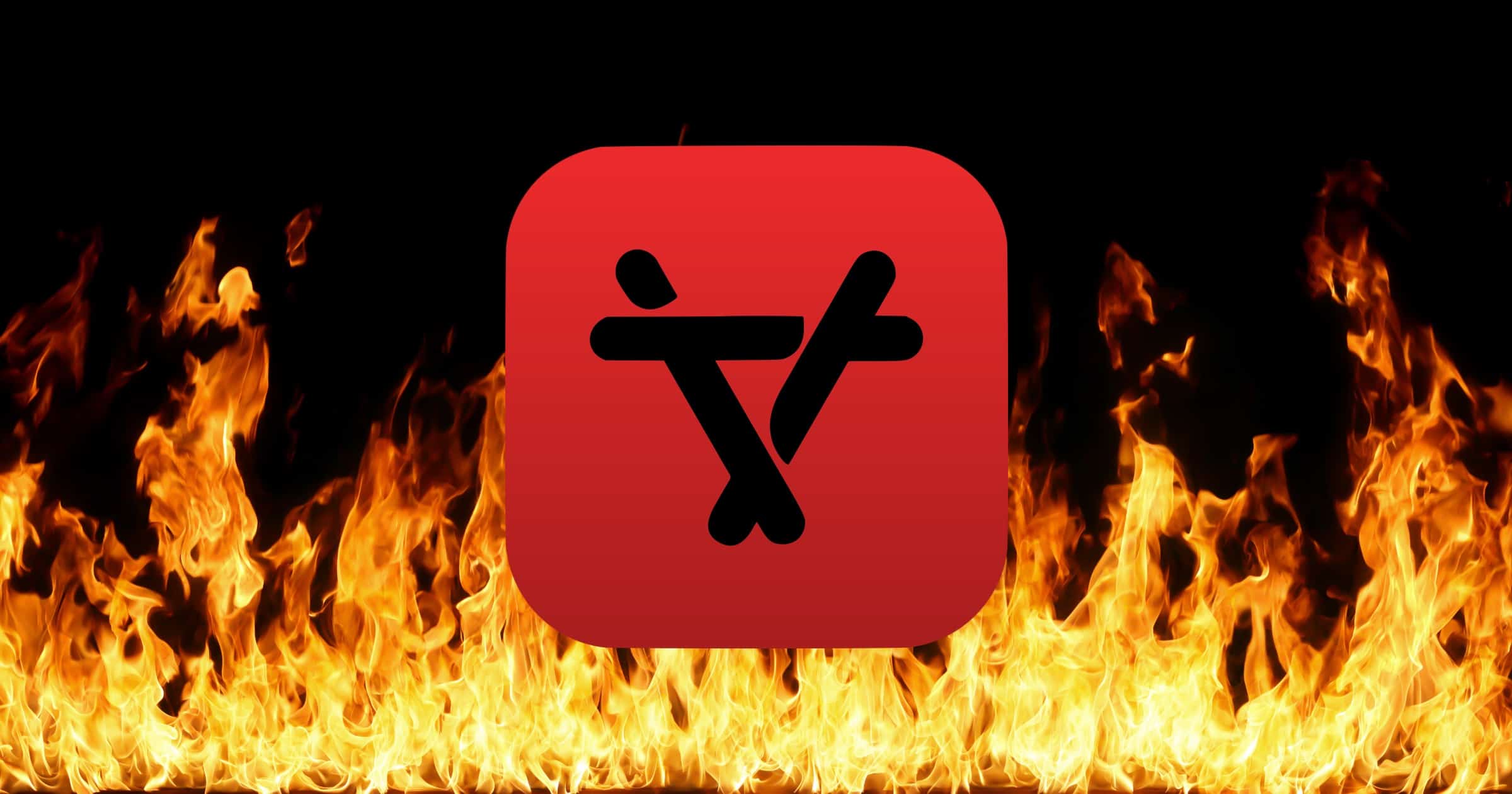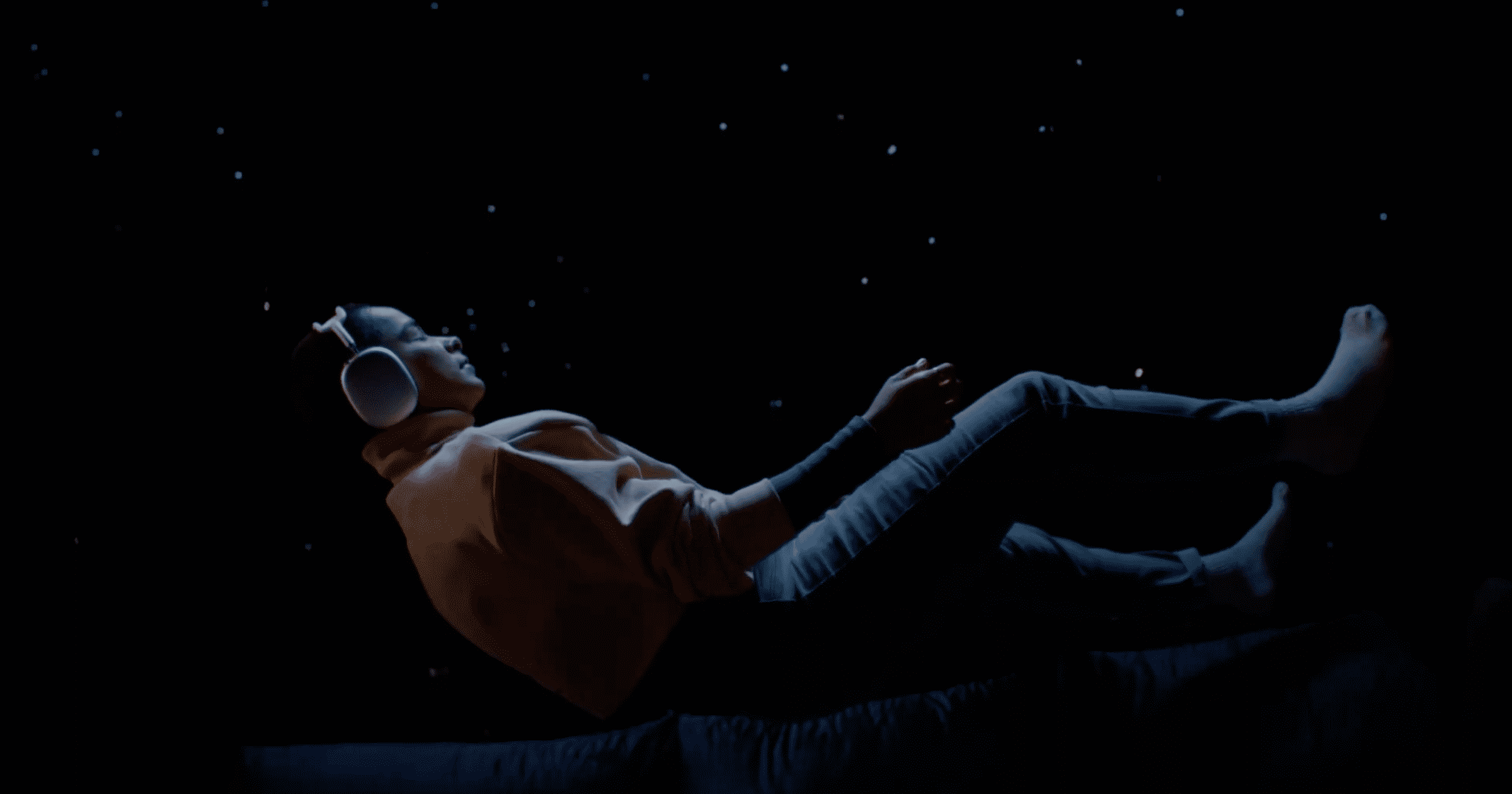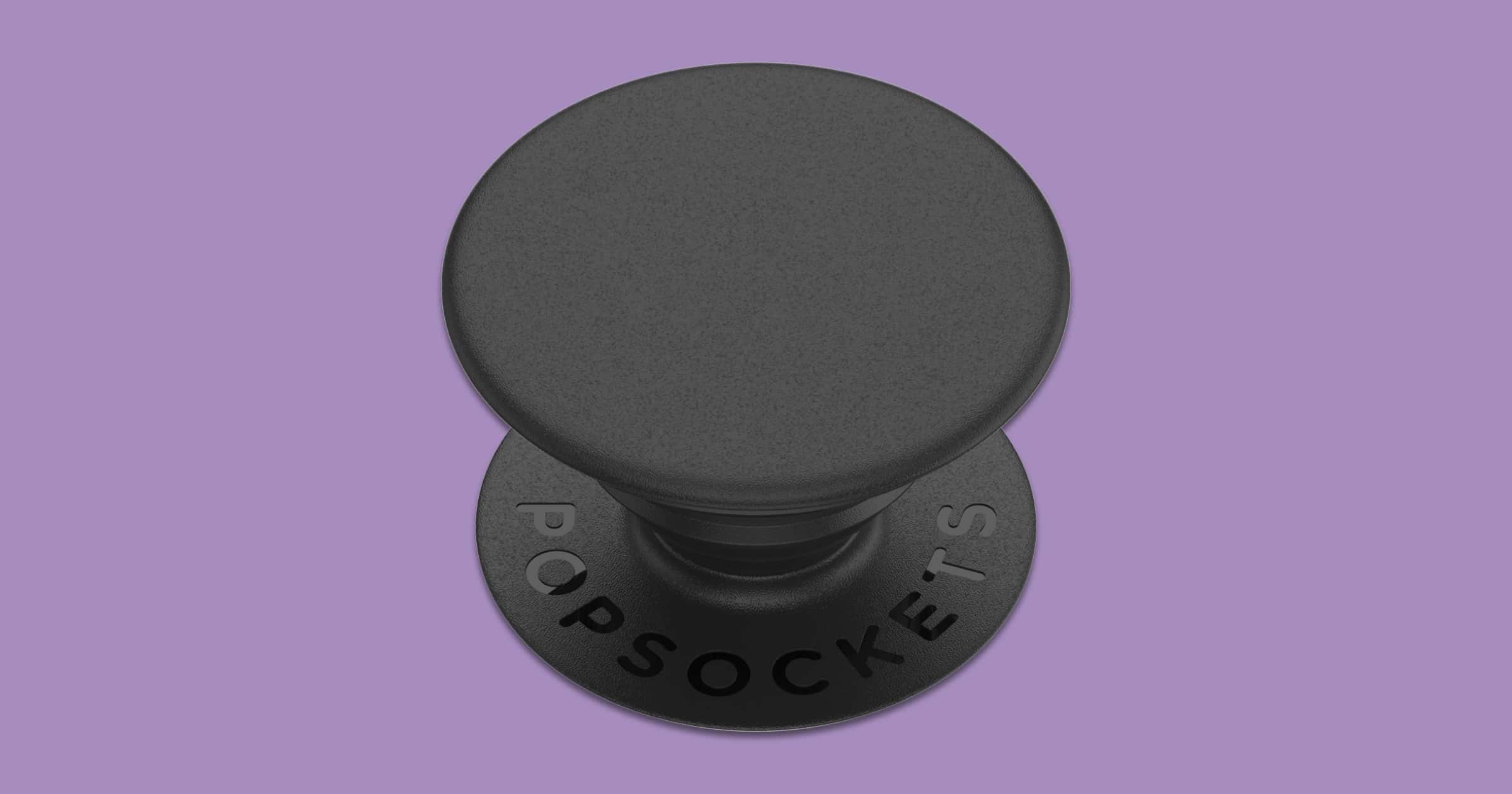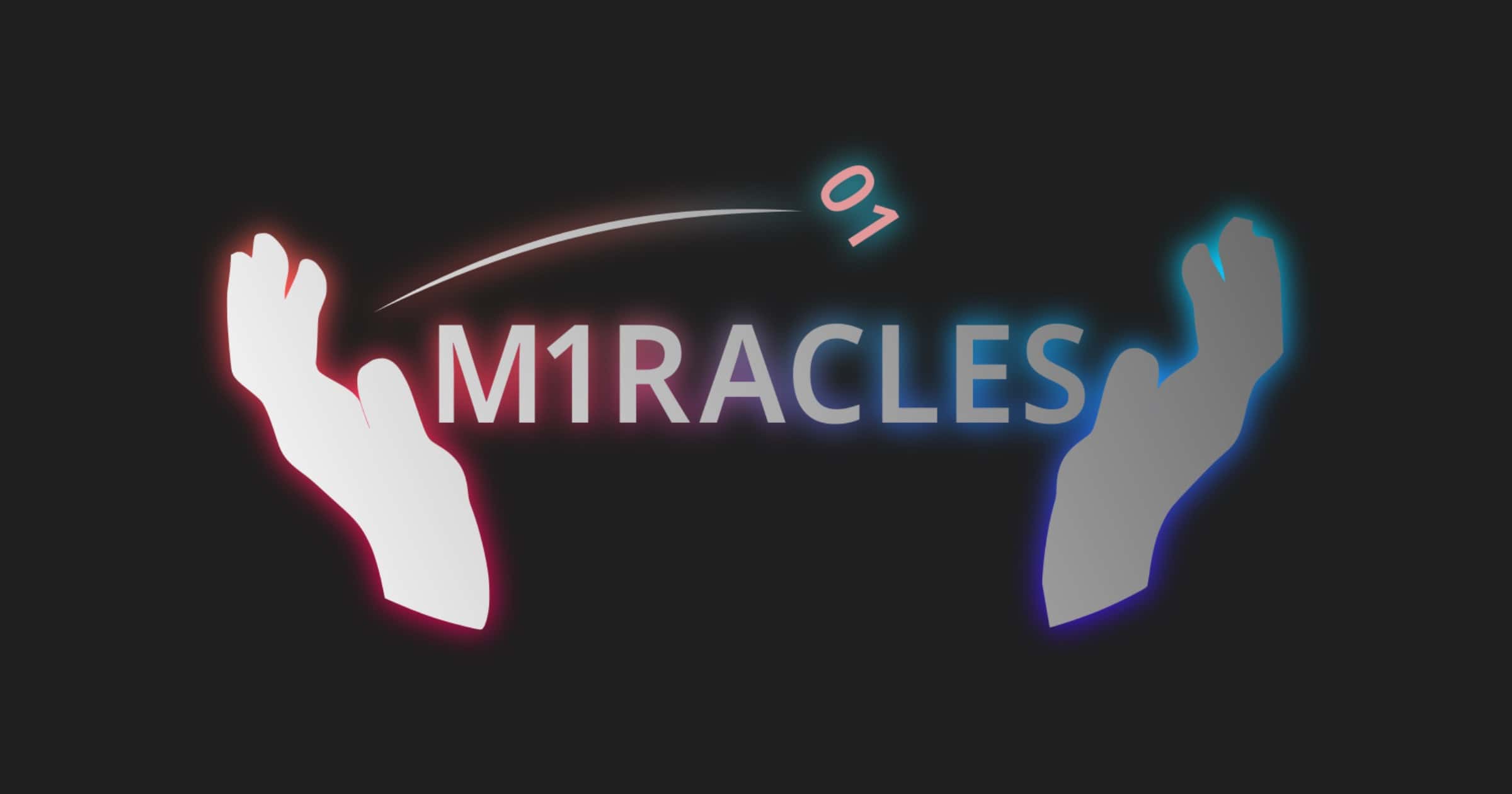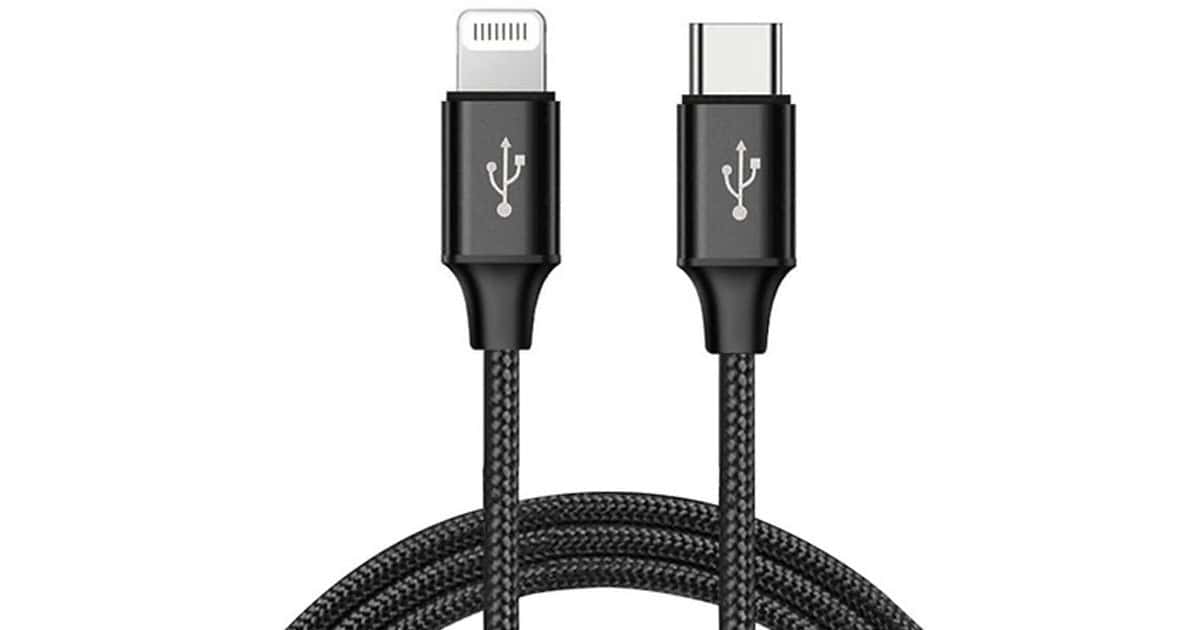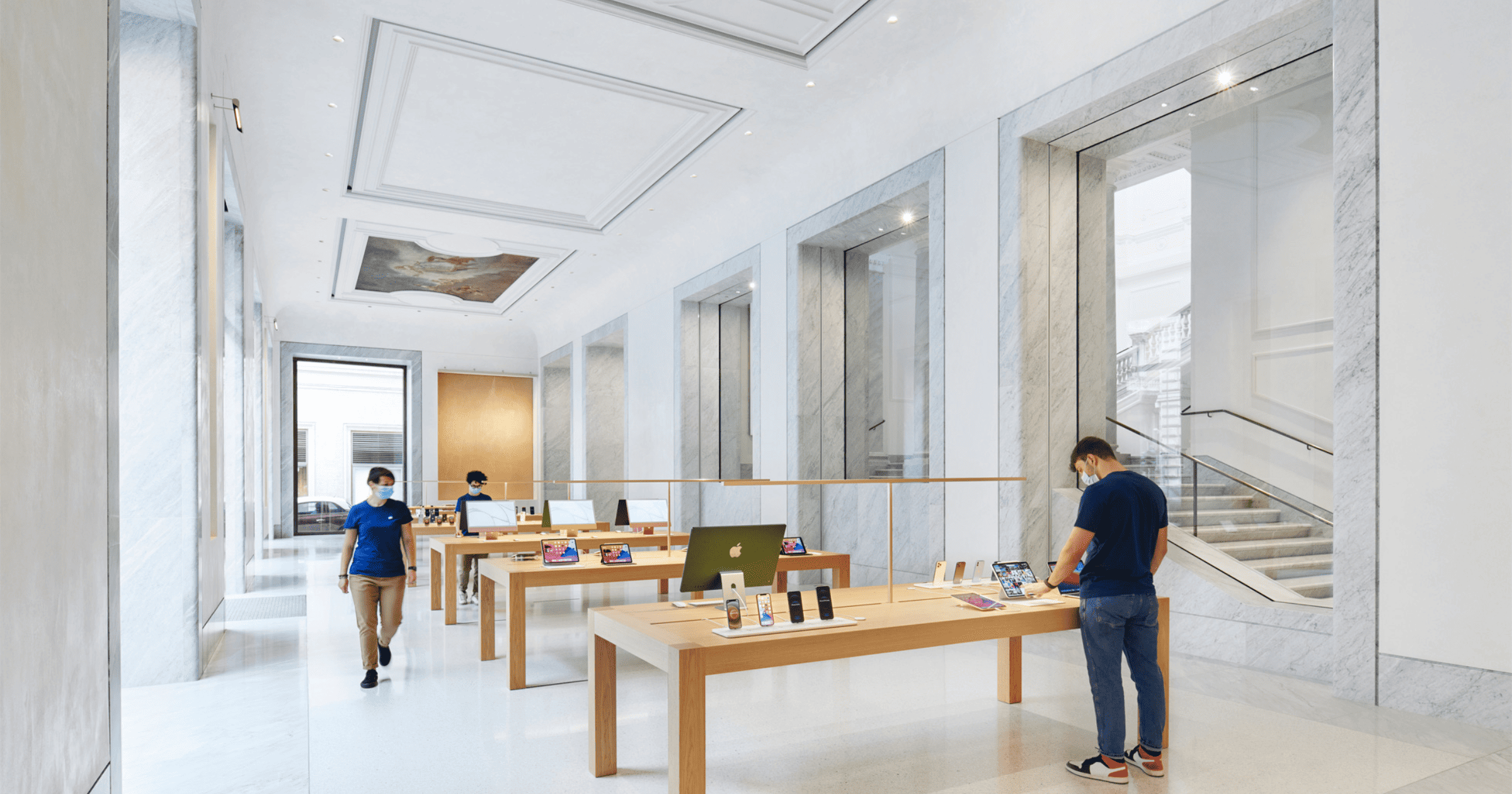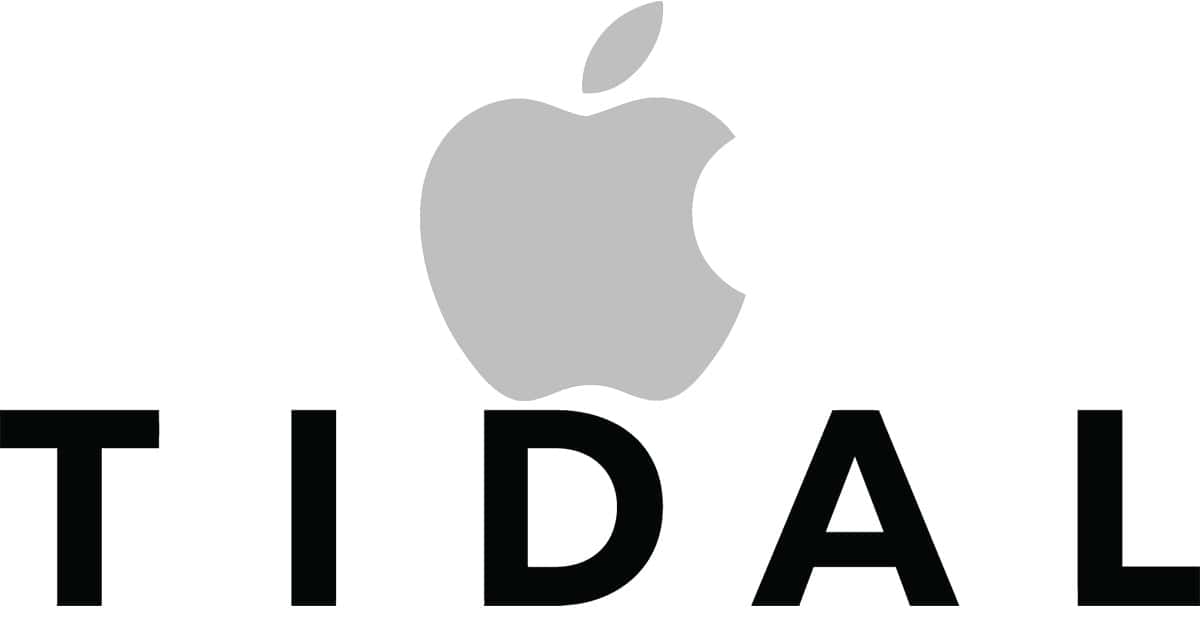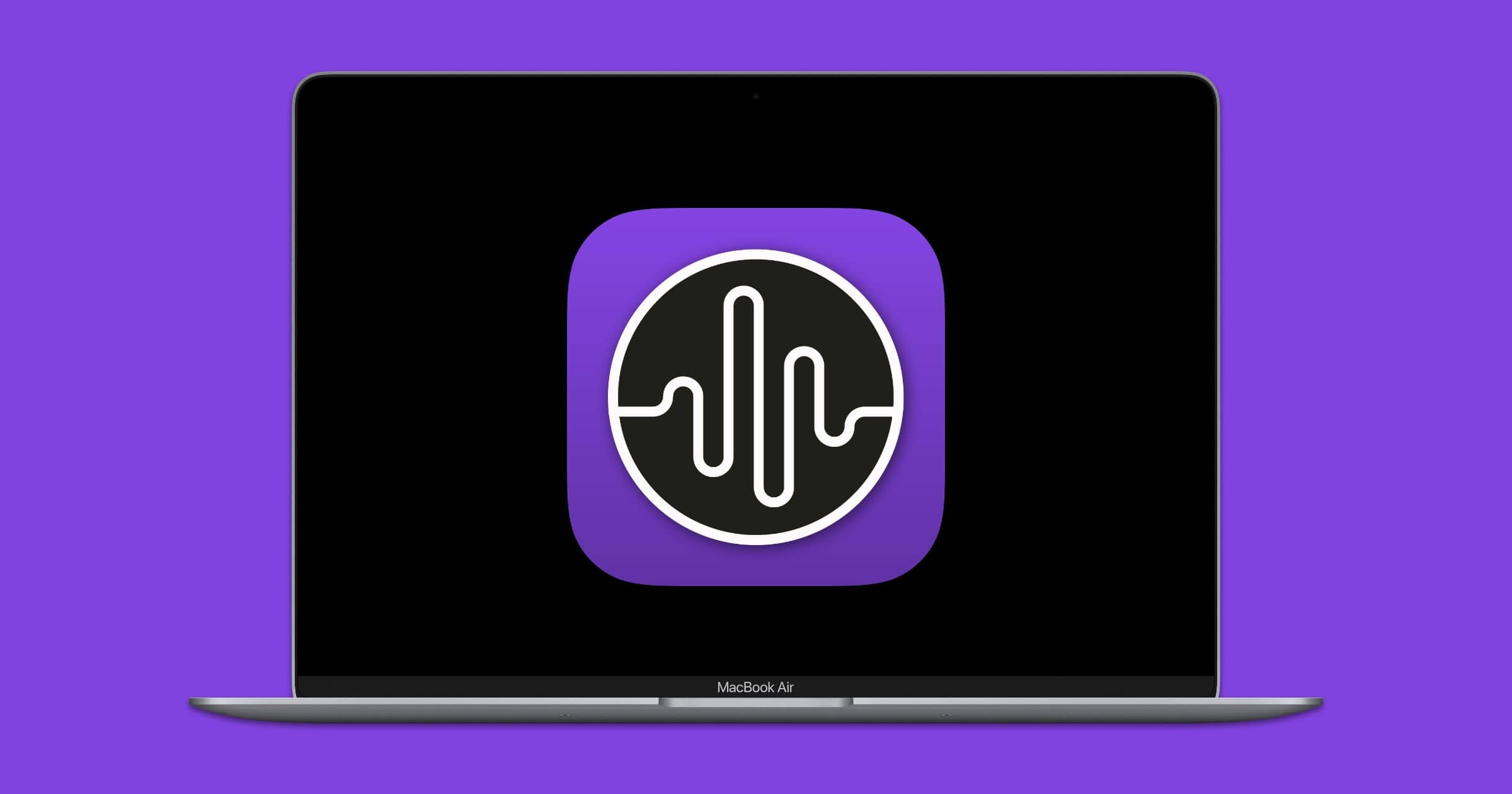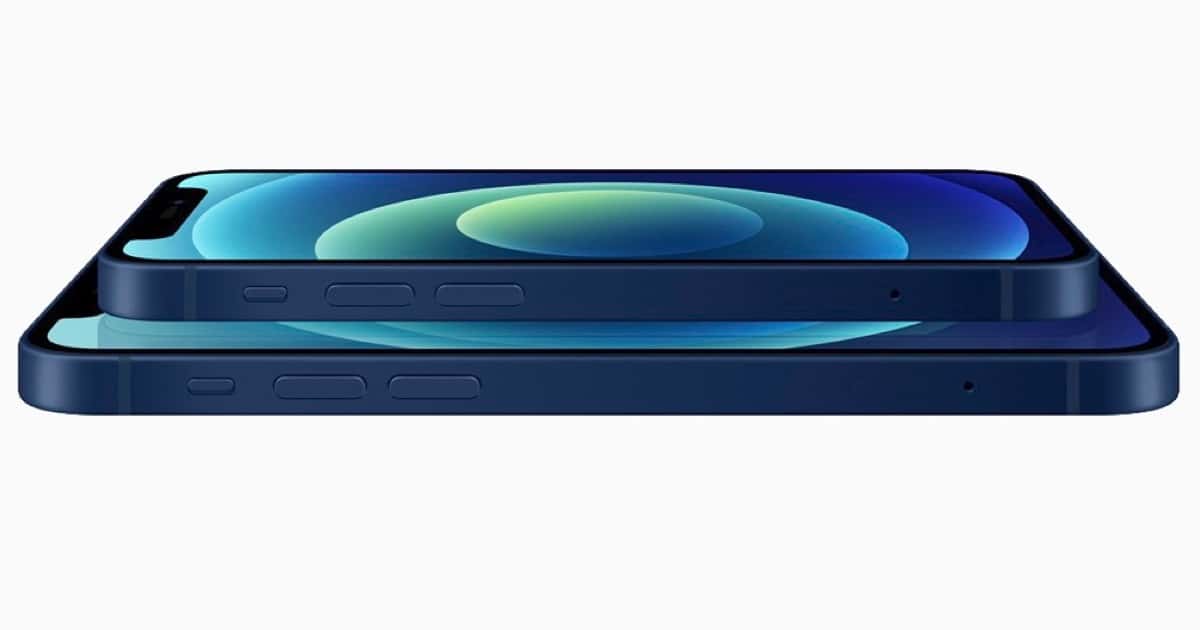We finally have the winner of our iPhone 16 Pro international giveaway! Congratulations to Oliver T., and a huge thank you to everyone who participated.
Facebook Can Get Location Data From Your Photos
iOS users can limit their location exposure to apps that ask for it, but your location is leaking in another area: Your photo metadata.
I took a photo with my iPhone and then uploaded that to my Facebook account. I used Facebook’s app on my iPhone, the same app that has been told “never” to access my location, the same account that knows I have this switched off. But Facebook still collects the location tag from that photo, along with my IP address.
It’s important to note that Facebook and other companies have had this ability for years. This is not, as the Forbes article implies, a response to iOS 14.5 App Tracking Transparency. The app I use to view and edit metadata is Metapho.
The Apple vs Epic Games Trial is Over. For Now...
As the dust settles following Apple and Epic Games’ court battle, it’s worth remembering quite how significant the consequences could be.
iPhone 12 Pro Max vs. iPhone 12 mini (Conclusion)
Dr. Mac finishes weighing the iPhone 12 Pro Max vs. the iPhone 12 mini, and offers his thoughts on which one he’d choose if he was upgrading his iPhone X today.
Nimble Launches Eco-Friendly Wireless Chargers WIth Recycled Materials
On Thursday, accessory maker Nimble has launched eco-friendly wireless chargers made with recycled plastic and silicone.
Official Trailer for 'Physical', Coming to Apple TV+ June 18
The official trailer for Physical was released Thursday. Starring Rose Byrne, the series tells the tale of a quietly tormented housewife in 1980s San Diego, who changes her life when she discovers aerobics. It will premiere on Apple TV+ on June 18.
LeBron James Shares Pictures of Unreleased Beats Studio Buds
LeBron James posted pictures of himself wearing unreleased Beats Studio Buds on Instagram, seemingly confirming their imminent arrival.
WebKit Flaw Crashes Safari, Could Lead to Further Exploits
A WebKit flaw on iOS and macOS can cause Safari to crash and could lead to further malicious attacks.
The vulnerability stems from what security researchers call a type confusion bug in the WebKit implementation of AudioWorklet, an interface that allows developers to control, manipulate, render, and output audio and decrease latency. Exploiting the vulnerability gives an attacker the basic building blocks to remotely execute malicious code on affected devices.
Author Stephen King Explains 'Lisey's Story', Coming to Apple TV+
In a new video, Stephen King explains why Lisey’s Story is so personally important to him and why it’s his “favorite”. The author is an executive producer on the Apple TV+ adaption of his novel. The show id produced by J.J. Abrams and stars Julianne Moore and Clive Owen. It will premiere on June 4.
1Password Browser Extension Now Supports Touch ID, Windows Hello
AgileBits announced on Wednesday that its 1Password browser extension supports biometric unlocking for Touch ID and others.
Clarifying Apple Lossless Audio – TMO Daily Observations 2021-05-26
Charlotte Henry and Dave Hamilton join host Kelly Guimont to sort through the scenarios where Apple’s new lossless audio will and won’t work.
Zoom Announces Support for 2021 iPad Pro ‘Center Stage’
On Wednesday Zoom announced that its app will add support for the 2021 iPad Pro’s Center Stage feature that uses the device’s wide angle camera.
Work from Home Kit with Telescopic Phone Stand, Smart Lens, Light Set: $99.99
We have a deal on the Work from Home Kit, which includes a telescopic phone stand, the Smart Lens, and a light set. The wide-angle lens clicks onto your phone or laptop, providing a 160º angle to capture more than your face. The smart light gives you studio-quality lighting to look great and keep your colleagues focused on what you have to say. The Work from Home Kit is $99.99 through our deal.
Apple Shares Entrepreneur Camp Participants' Inspiring Stories
Apple runs an Entrepreneur Camp in which participants are supported to develop and create new products. It shared the story of some of those involved in the program (pictured above).
Hopscotch founder Samantha John wanted to create an app that ignited the imaginations of young girl coders. Hopscotch is a code-learning app that enables kids to learn to think creatively and learn the fundamentals of code by building their own games, art, and stories. Kids and teens can publish their creations to Hopscotch’s fully moderated community where they can can play and learn together. John first learned the power of code through her coursework in college, but she noticed that a lot of her male friends had learned coding much earlier. “I wanted to make something for little me!” says John. “All my male coder friends had learned when they were kids, and it had not been something on my radar. I wanted to change that for the next generation.”
Get 20 Percent Off Nomad Accessories For Apple Devices
Nomad makes a variety of accessories for Apple devices – including AirTags and AirPods. It is part of the Mission Brand Alliance a group of companies that have come together to push forward social justice causes. As part of a summer sale from the Alliance, Nomad is offering a 20 percent discount on its products with the code MISSIONBRAND.
Apple Looks to Hire Business Manager With Cryptocurrency Experience
Apple posted a job listing on Wednesday for a Business Developer Manager for alternative payments, signaling strong interest in this area.
App That Forced Users to Leave Positive Review Removed From App Store
Apple has removed from the App Store an app that forced users to leave a good review before they could use it, iMore reported. It was, though, possible to leave bad reviews in other ways, such as on the web.
Kosta Eleftheriou highlighted the strange behavior of the app in a tweet. The video appears to show a review prompt that can’t be bypassed, and one that won’t accept anything lower than a three-star review before only letting users hit ‘submit’. The app does have plenty of bad reviews, but these are all about being forced to leave good ones. It is unclear how a developer would be able to bork the App Store review prompt so comprehensively like this, but Eleftheriou claims the developer has more than 15M downloads and “$MILLIONS” in revenue, of which Apple receives a commission.
Which Devices Support Lossless Audio With Apple Music, and Which Don’t?
Support for lossless audio with Apple Music has arrived but not all devices will be able to get the benefit of the new feature.
Antimicrobial PopGrip Launches on June 1
On June 1 PopSockets will launch a new product called PopGrip Antimicrobial to protect against germs and bacteria.
Flaw Found in M1 Chip Lets Apps Secretly Communicate
A security researcher found a flaw baked into M1 chips that could let any two apps to secretly exchange data.
USB-C Spec Update Could Support Up to 240W
The USB Implementers Forum introduced a version 2.1 update to the USB Type-C specification. We could see the standard support power levels of up to 240W.
Cables supporting 240 watts will have additional requirements to accommodate the new levels. And USB-IF will require the cables to bear specific icons “so that end users will be able to confirm visually that the cable supports up to…240W,” USB-IF said in the specification document.
Apple Via del Corso in Rome Opening Thursday, May 27
Apple Via del Corso, located on the historic Palazzo Marignoli, in Rome, Italy, will open its doors on Thursday, May 27.
Tidal and Spotify Now Support Music Downloads on Apple Watch
Apple Watch music fans who use Spotify and/or Tidal can now download tracks and listen to them via the wearable. (The feature is already available with Apple Music.) iMore summed up the recent developments.
Tidal says the app will bring music streaming and playback control to Apple Watch independent of your iPhone, and you can even listen offline, downloading your favorite songs for playback anywhere. Spotify added the same feature to its app earlier this week. Spotify is today rolling out downloads to Apple Watch so that users can listen to content without their phone.
Ambient Noise App ‘Dark Noise’ Updated for M1 Macs
Ambient noise app Dark Noise updated to version 2.4, and this brings support for M1 Macs with other improvements: 2.4 is a minor update with optimizations for running on the new M1 Macs; On a Mac unsupported features should no longer show up in settings; The volume slider on the player page will now work by only changing the audio of Dark Noise while running on a Mac.
Patent Suggests Apple Looking to Make iPhone Display Glass Thinner
Apple is looking to make the glass used for the iPhone’s display thinner. That’s according to a patent spotted by AppleInsider.
In a patent granted by the U.S. Patent and Trademark Office on Tuesday titled “Insert molding around glass members for portable electronic devices,” Apple says you can have the same glass cover that can stick out from the rest of the enclosure like curved glass, but while also maintaining the thinness of the main glass sections across the screen. Apple’s solution is to incorporate a glass structure around the edge of where the glass cover will sit. This glass section acts as an intermediary between the main enclosure and the thin glass cover.



